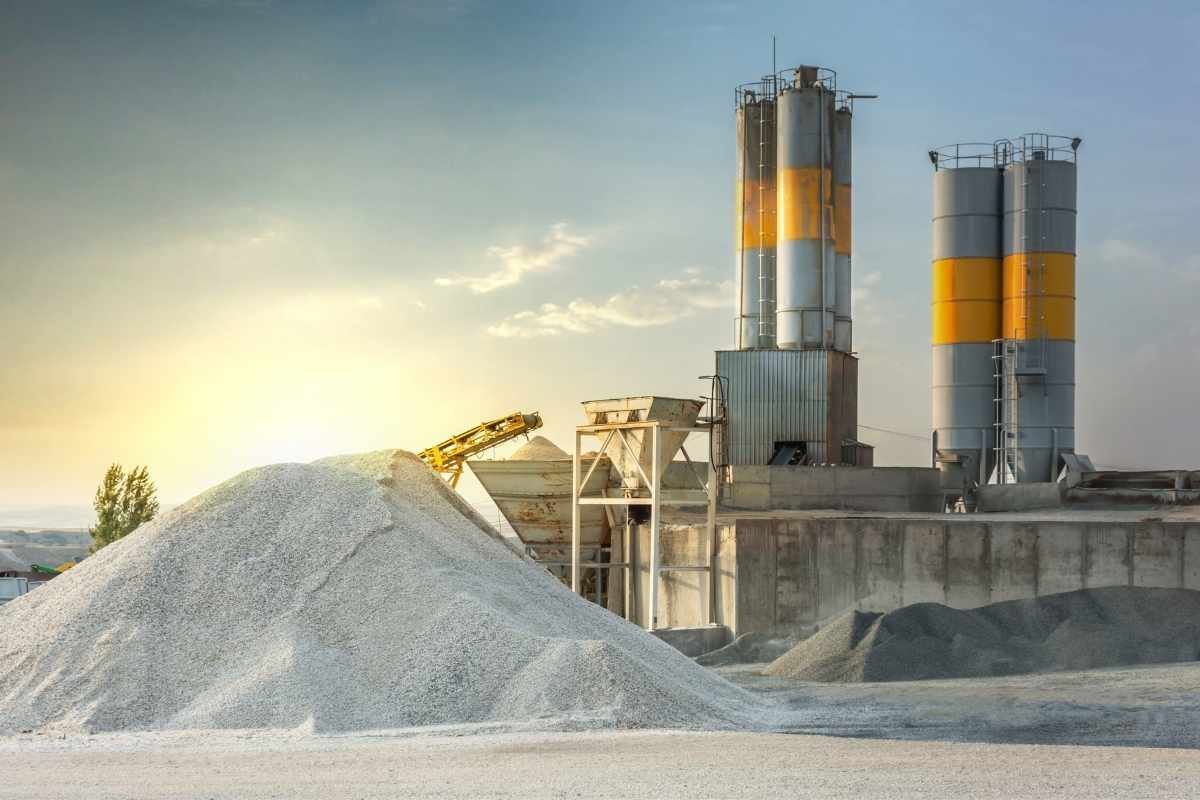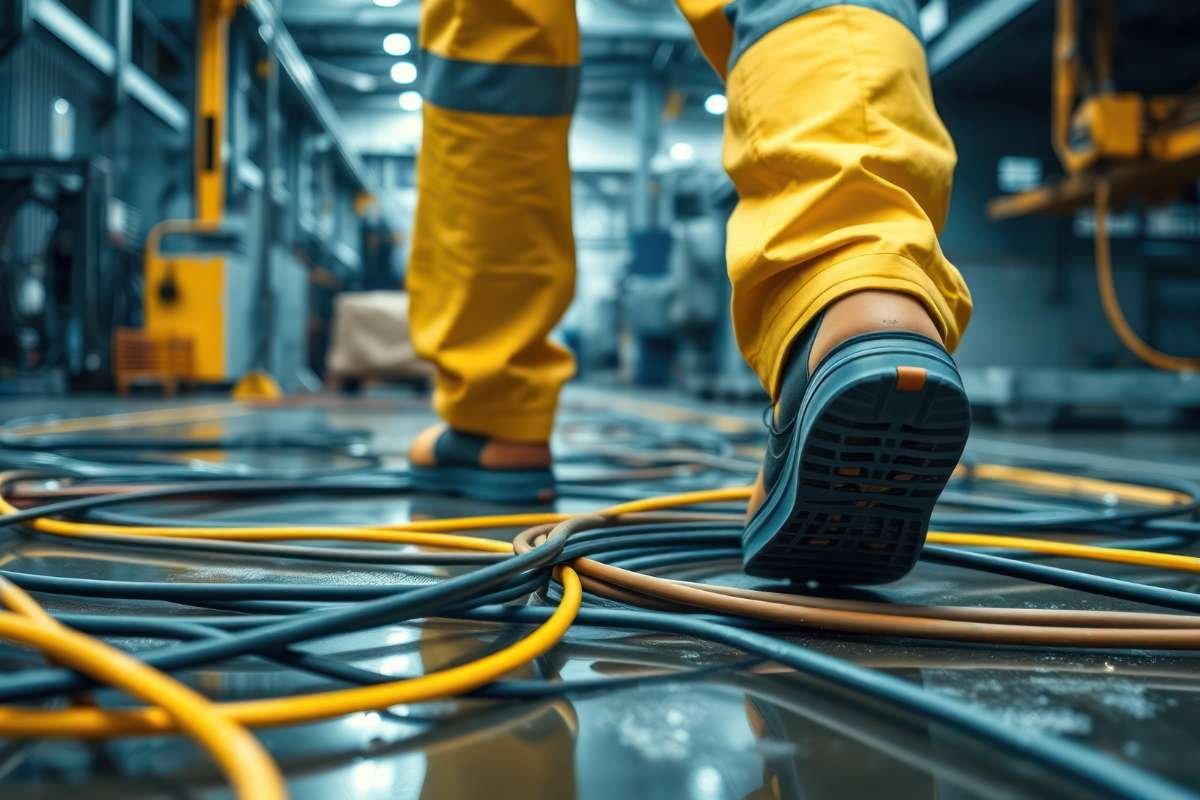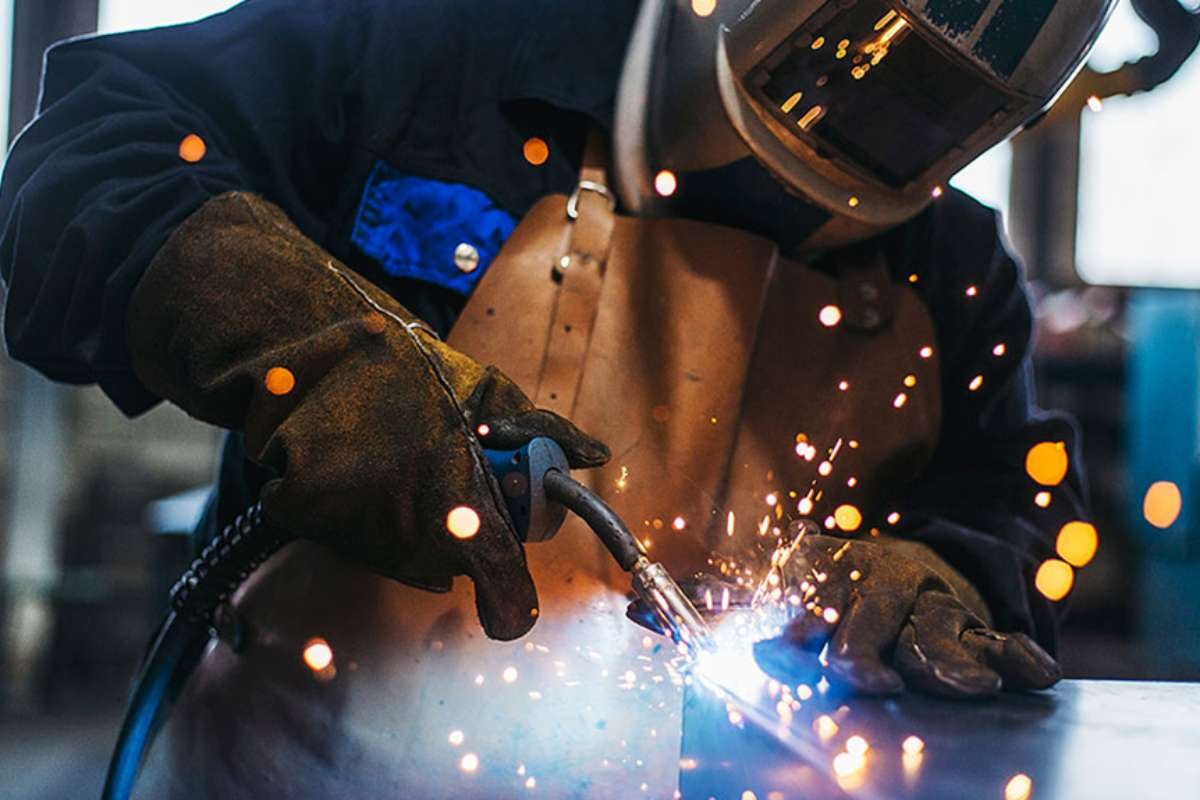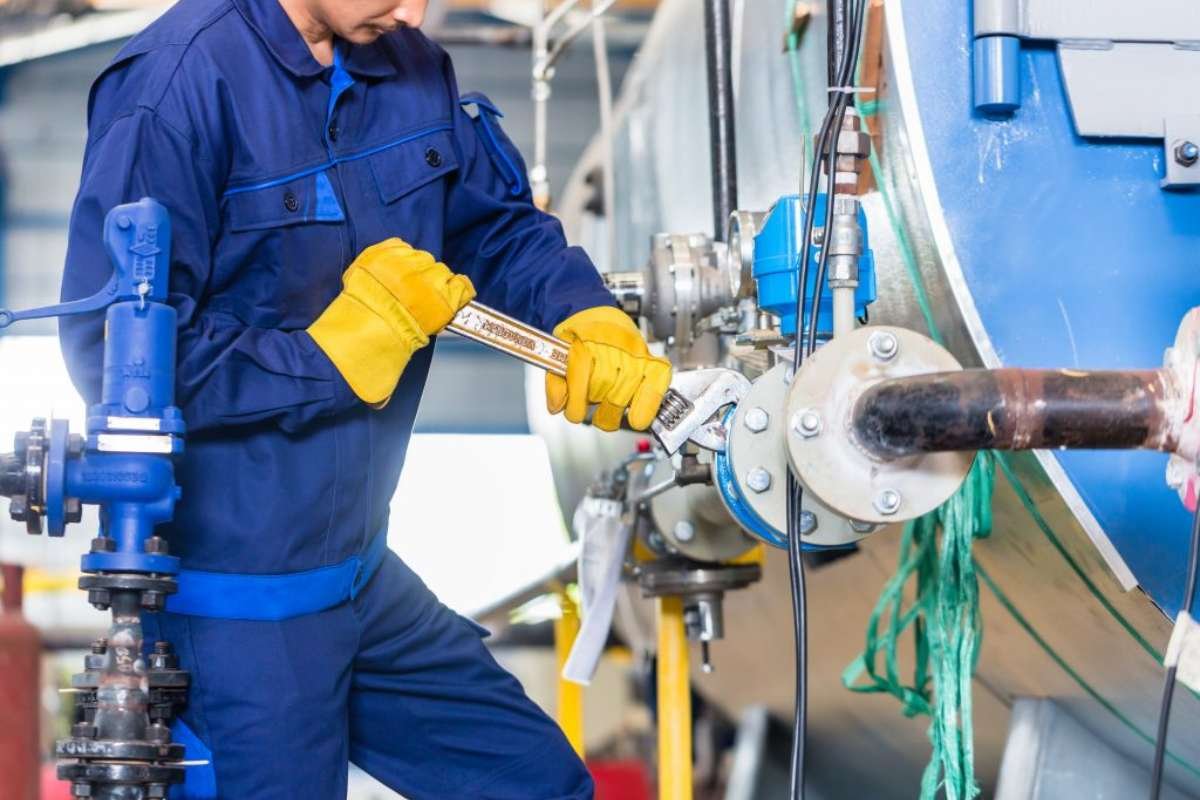Cement, a fundamental component of the construction industry, serves as the binding agent that holds together the building blocks of our modern infrastructure. Understanding the intricate process of manufacturing cement unveils the fascinating blend of science and engineering that contributes to the development of durable and resilient structures. In this comprehensive exploration, we will delve into the stages, technologies, and environmental considerations involved in the manufacturing of cement.
The Raw Materials:
1. Limestone:
Primary Component: Limestone serves as the primary source of calcium in cement
production. It is typically extracted from quarries and mines.
2. Clay or Shale:
Secondary Component: Clay or shale, rich in silica, alumina, and iron oxide, complements limestone in the cement-making process.
3. Silica, Alumina, and Iron Ore:
Supplementary Components: These materials, often obtained from bauxite, iron ore, and other sources, enhance specific properties of the final cement product.
Stage 1: Mining and Raw Material Preparation:

1. Mining Operations:
Limestone Quarrying: Limestone deposits are extracted through quarrying. The quality and composition of the limestone play a crucial role in determining the characteristics of the cement.
2. Crushing and Blending:
Raw Material Preparation: The extracted materials undergo crushing and blending to achieve a consistent and homogeneous mixture. This blend, known as raw meal, forms the basis for the subsequent stages.
Stage 2: Clinker Production – The Heart of Manufacturing of Cement:
1. Heating and Preheating:
Rotary Kiln: The raw meal is fed into a rotary kiln, a large cylindrical furnace. Intense heat is applied, reaching temperatures around 1450°C. Preheating occurs as the raw meal travels through the kiln.
2. Clinker Formation:
Chemical Transformations: The combination of high temperatures and chemical reactions within the kiln leads to the formation of clinker. Clinker is a nodular substance that emerges from the kiln and is the essential precursor to cement.
3. Cooling:
Clinker Cooler: The hot clinker is rapidly cooled using air in a clinker cooler. This cooling process is crucial to maintain the desired properties of the clinker.
Stage 3: Grinding and Blending – Turning Clinker into Cement:
1. Clinker Grinding:
Ball Mills: The cooled clinker is finely ground in ball mills, transforming into a powder known as cement. Gypsum is added during this stage to control the setting time and improve the quality of the cement.
2. Blending:
Additives: Various additives such as fly ash, slag, and pozzolans may be introduced during the grinding process to enhance specific properties of the cement.
Stage 4: Cement Storage and Packaging:

1. Storage Silos:
Temporary Storage: The finished cement is stored in silos to maintain its quality before distribution.
2. Packaging:
Bags or Bulk: Cement is packaged in bags or transported in bulk to construction sites. The packaging process ensures that the cement remains free from contaminants and maintains its integrity.
Environmental Considerations:
1. Carbon Emissions:
Kiln Emissions: The high-temperature kiln process releases carbon dioxide (CO2) emissions, contributing to environmental concerns. Efforts are ongoing to reduce these emissions through the development of more energy-efficient kilns and the exploration of alternative fuels.
2. Alternative Raw Materials:
Reducing Environmental Impact: The cement industry explores the use of alternative raw materials, such as industrial by-products and waste materials, to decrease reliance on traditional resources and minimize environmental impact.
3. Energy Efficiency:
Technological Advances: Innovations in technology, such as preheating systems and energy-efficient kilns, contribute to reducing the overall energy consumption in the manufacturing of cement, leading to a more sustainable process.
4. Waste Heat Recovery:
Utilizing Heat: Waste heat generated during the manufacturing of cement process is being increasingly harnessed for power generation, contributing to energy efficiency and sustainability.
Ongoing Technological Advancements:

1. Digitalization:
Smart Manufacturing of cement: Digital technologies, including process automation and data analytics, are being integrated into the manufacturing of cement to optimize operations, enhance efficiency, and reduce environmental impact.
2. Alternative Binders:
Beyond Portland Cement: Ongoing research explores the development of alternative binders and eco-friendly cement formulations, aiming to reduce the environmental footprint of traditional Portland cement.
Emerging Trends in the Manufacturing of Cement:
1. Carbon Capture and Storage (CCS):
Reducing Carbon Footprint: Carbon capture and storage technologies are being explored to capture CO2 emissions from cement plants, preventing their release into the atmosphere. This innovative approach aims to mitigate the environmental impact associated with cement production.
2. Circular Economy Practices:
Waste Utilization: The cement industry is increasingly adopting circular economy practices by incorporating industrial by-products and waste materials into the production process. This not only reduces the reliance on traditional raw materials but also addresses waste management challenges.
3. Alkali-Activated Cements:
Low-Carbon Alternatives: Alkali-activated cement, such as geopolymer cement, is gaining attention as a low-carbon alternative to traditional Portland cement. These cements rely on industrial by-products like fly ash and offer potential environmental benefits.
Smart Concrete Technologies:
- Sensors and Monitoring: Smart concrete technologies incorporate sensors and monitoring systems to provide real-time data on the condition of structures. This helps in predictive maintenance, ensuring the longevity and safety of constructed buildings and infrastructure.
- 3D Printing with Cement: The advent of 3D printing in construction allows for the precise layering of cementitious materials, offering a new dimension to the manufacturing process. This technology has the potential to revolutionize the construction industry, making it more efficient and customizable.
Conclusion:
The manufacturing of cement is a complex and intricate process that has evolved over centuries. From the mining of raw materials to the precise chemistry within the kiln and the final stages of grinding and packaging, every step plays a vital role in producing high-quality cement. As environmental considerations become increasingly important, the industry is embracing innovations to minimize its impact on the planet.
The journey from raw materials to the finished product reflects the harmonious blend of science, engineering, and environmental consciousness in the manufacturing of cement. With ongoing advancements and a commitment to sustainability, the cement industry continues to build the foundation for the structures that shape our modern world. Understanding the nuances regarding the manufacturing of cement allows us to appreciate the complexity behind this essential material that fortifies the structures we rely on for shelter, infrastructure, and progress.






